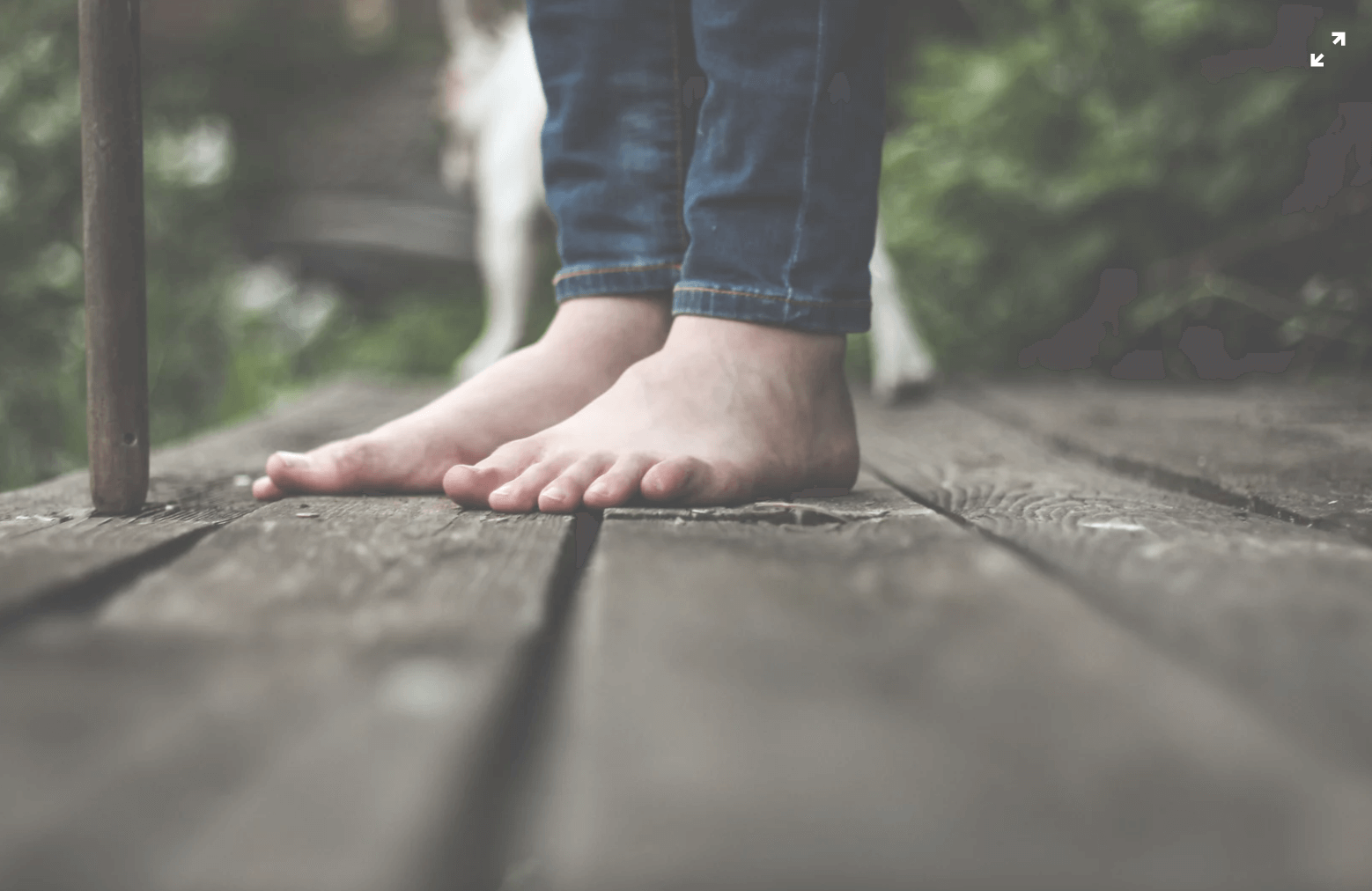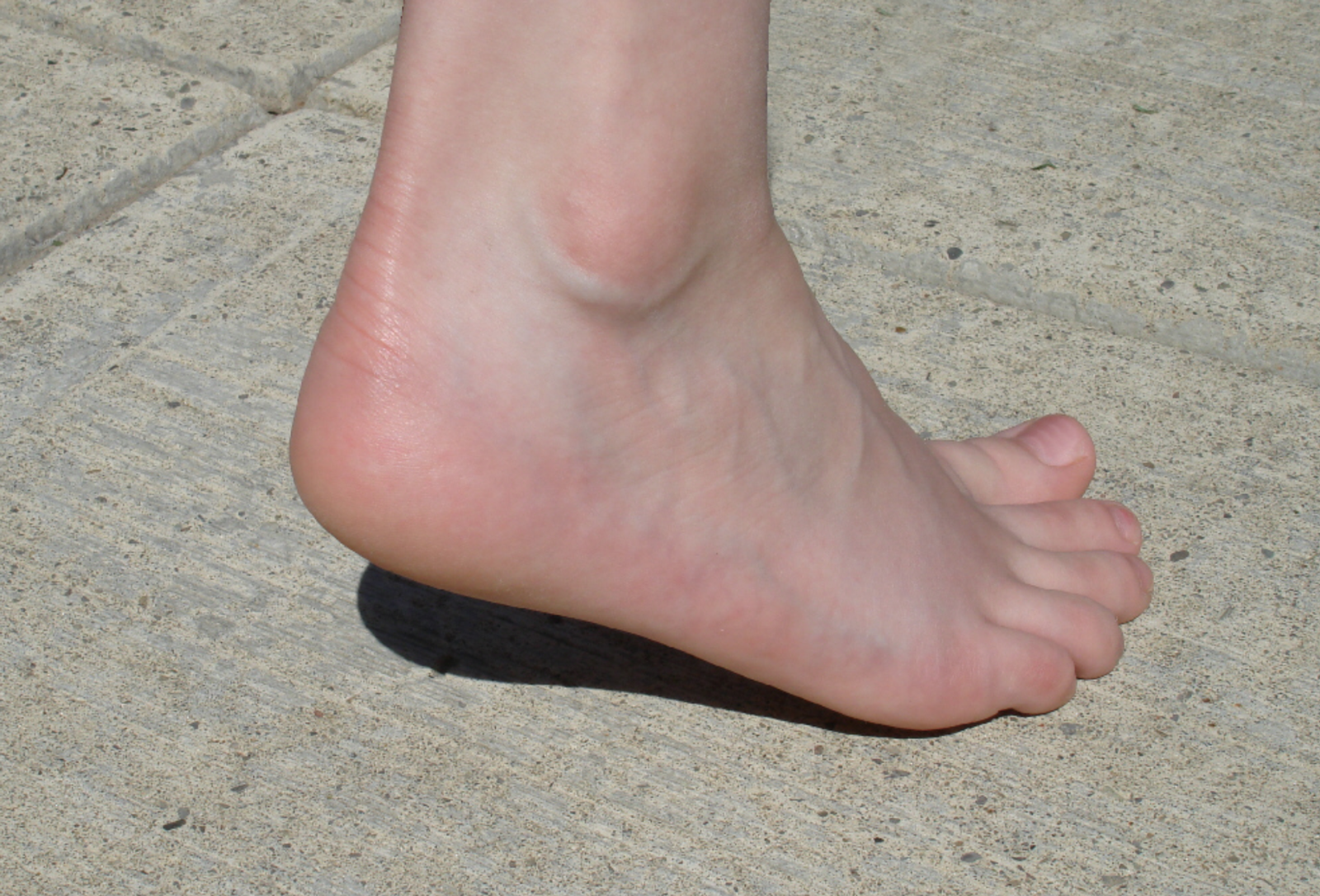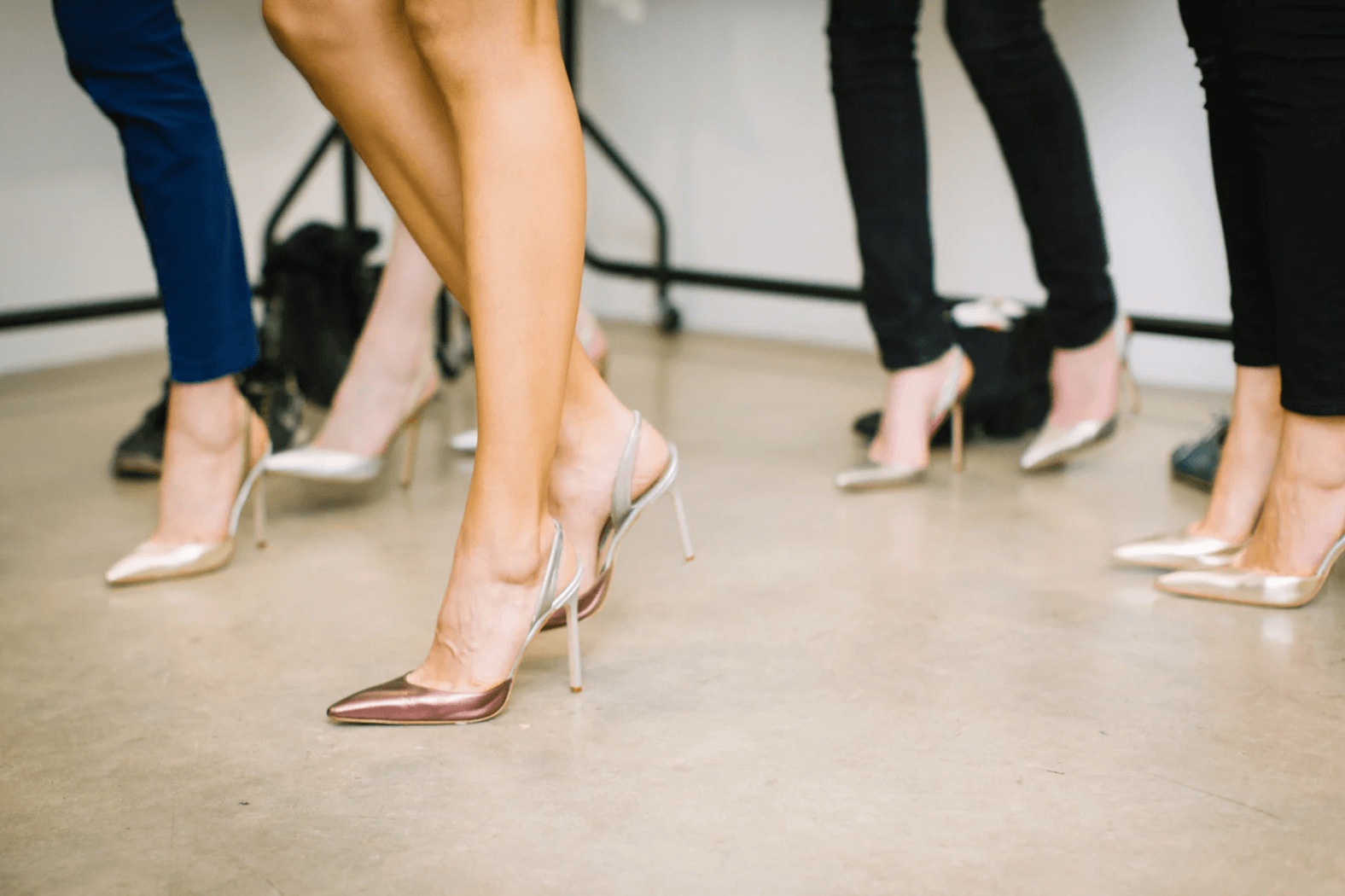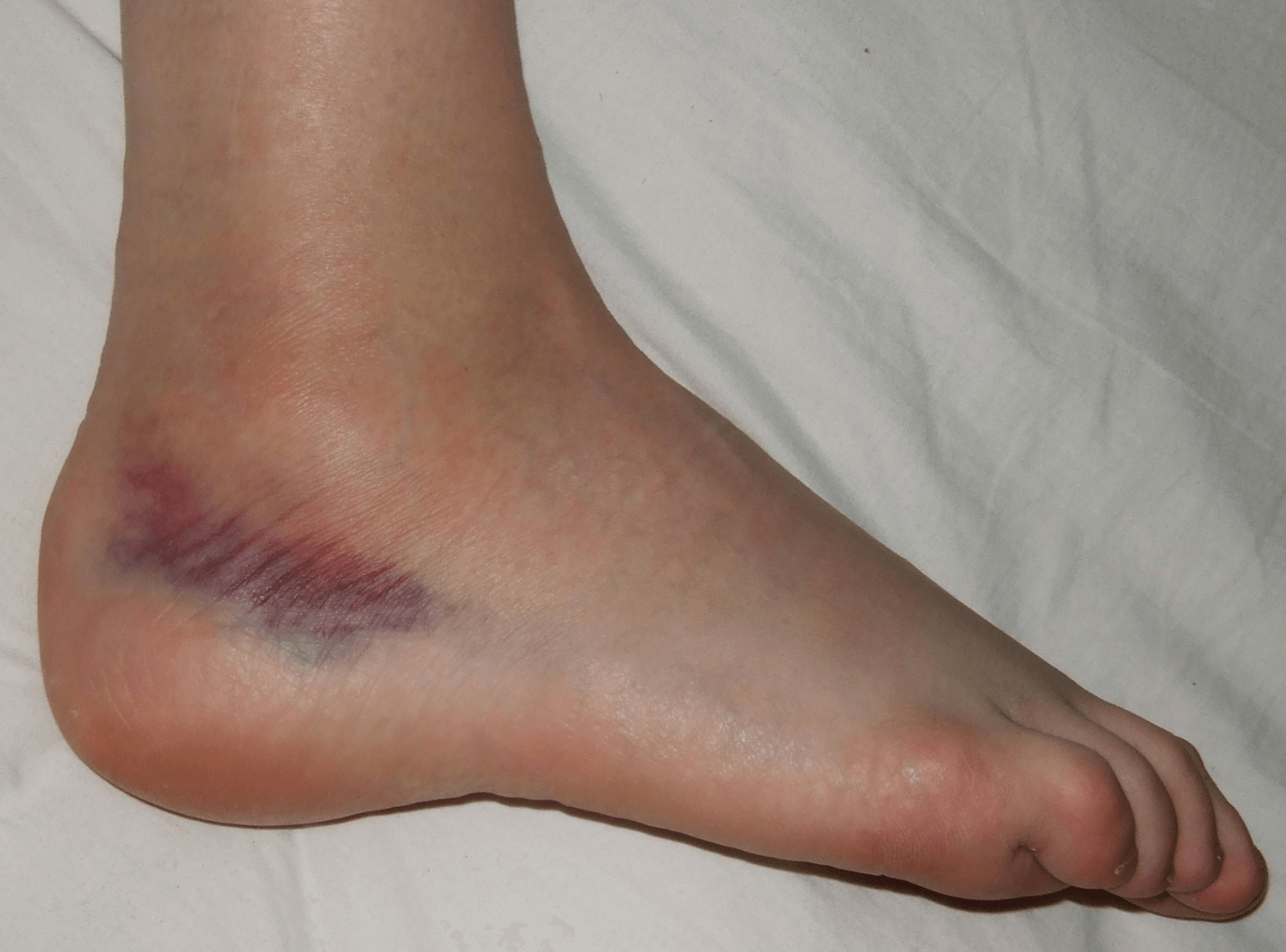New cartilage implants for first metatarsal phalangeal joint arthritis is promising. The Cartiva synthetic cartilage implants is used for the treatment of arthritis of the great toe joint. The implant is highly effective on people with good bone stock and mild bunion deformities. Recent study reviews the five-year follow-up as approximately at 96% chance of retaining the implant and no changes were noted in the positioning of the implant.
Patients report high satisfaction rates and have found a considerable reduction in pain. In addition there has been a low reoperation rate and improved functional outcomes. The Cartiva is a great alternatives to fusion of the great toe joint for patients all remain active and have increased motion. The recovery time is much less as compared to the traditional outcome in most patients are reporting improved satisfaction. The Cartiva implant is available at our surgery Center where excited to offer this new cutting edge procedure.
If you are experiencing any foot or heel pain, do not hesitate to call us at 425-391-866 or contact us online.






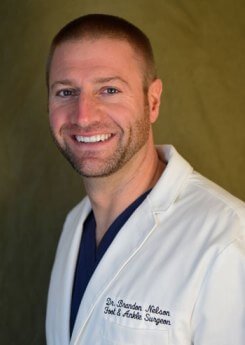
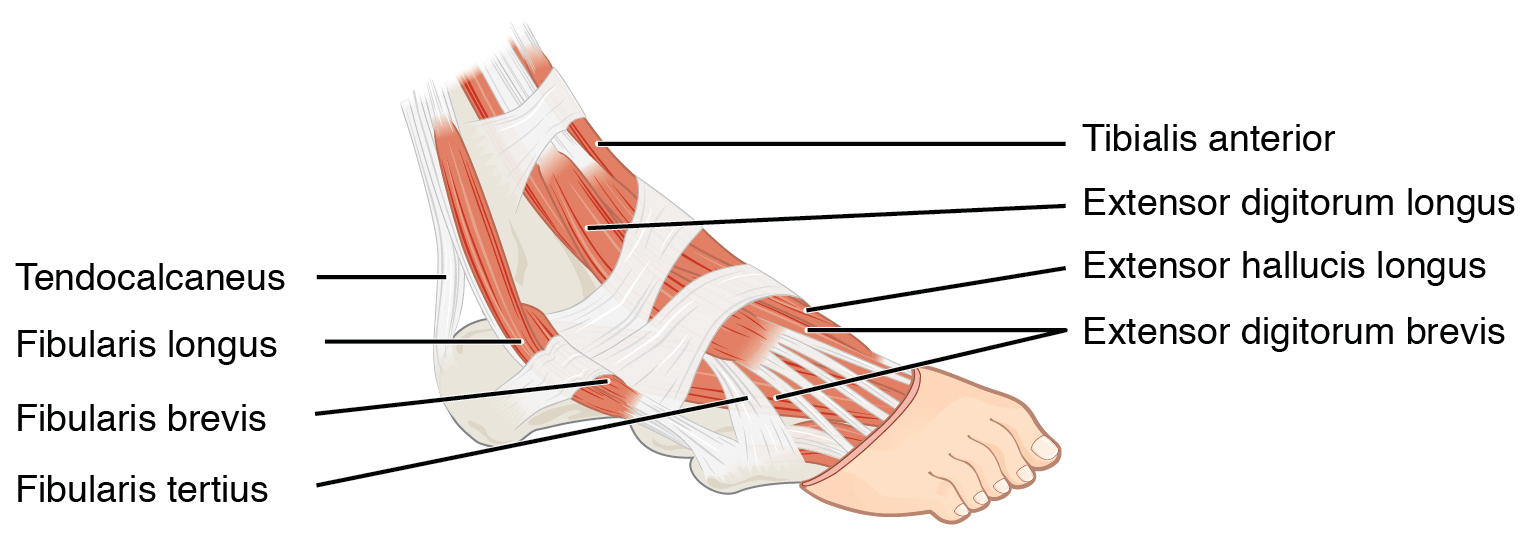
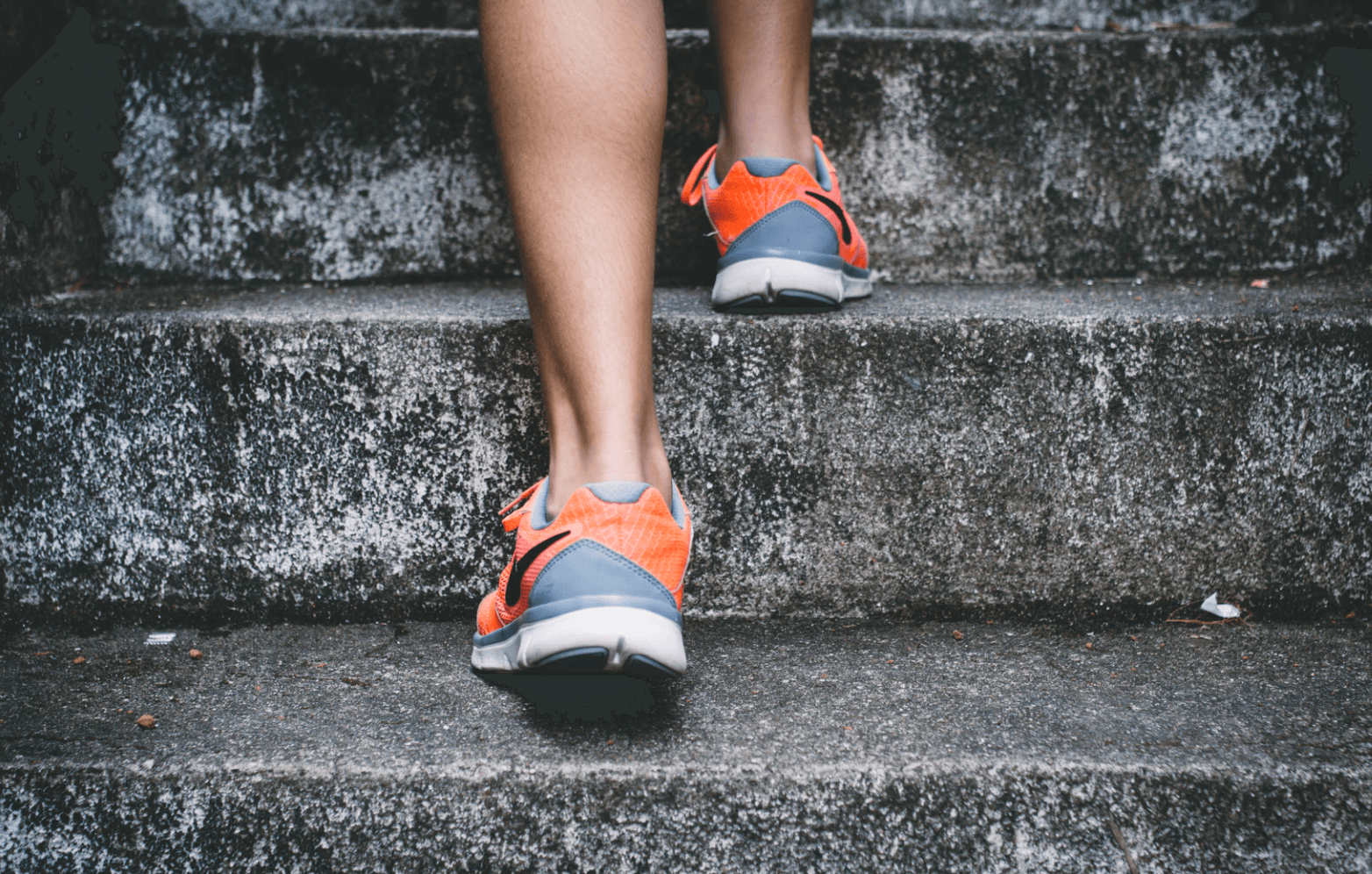

.png)

